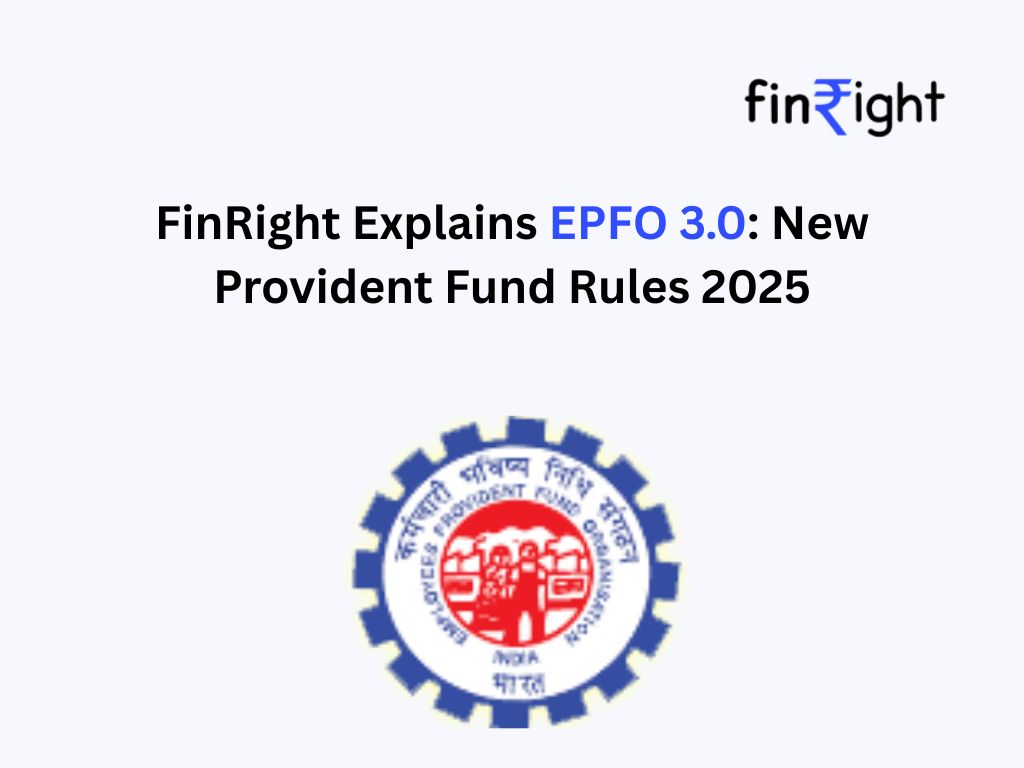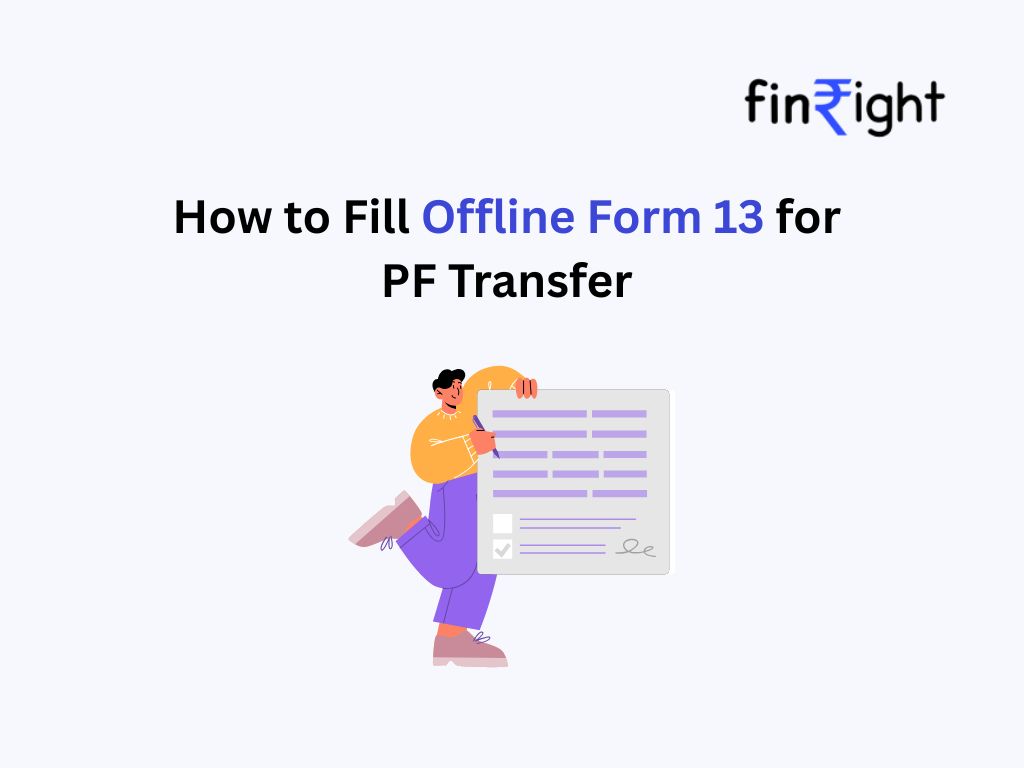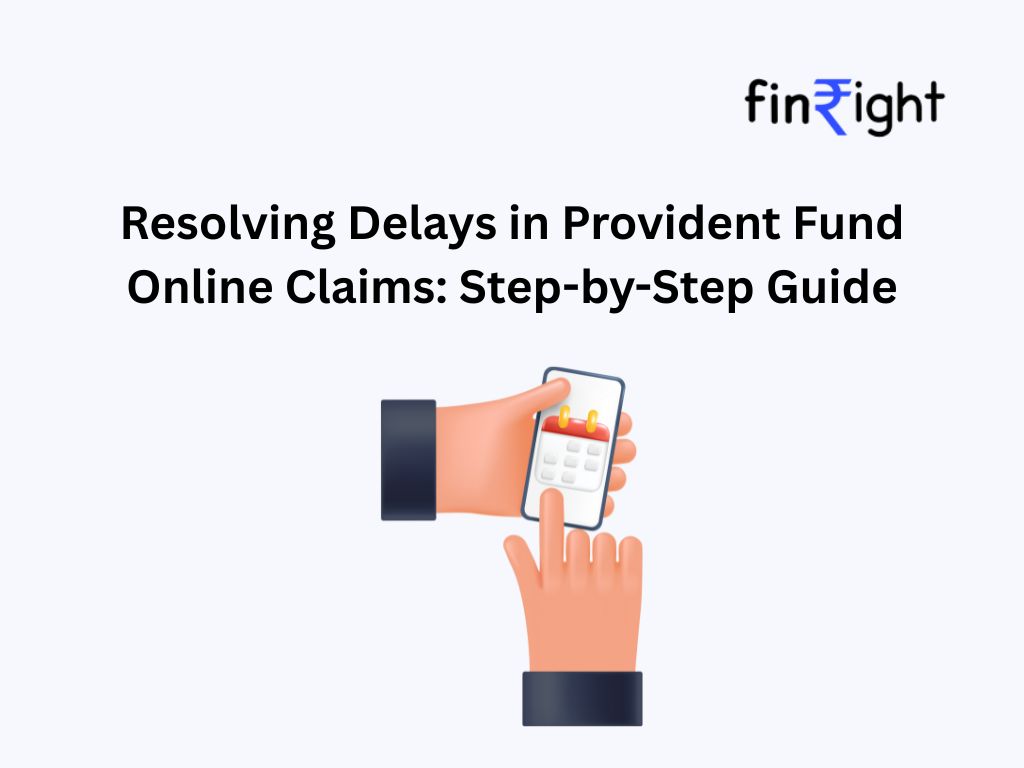Published on October 13, 2025
Source: PIB, Government of India
The Employees’ Provident Fund Organisation (EPFO) has rolled out one of its most significant reforms to date — a complete restructuring of withdrawal rules, digital processes, and member convenience.
At the 238th meeting of the Central Board of Trustees (CBT) chaired by Dr. Mansukh Mandaviya, several key decisions were approved under the EPFO 3.0 framework, with a clear focus on simplification, transparency, and digital transformation.
Here’s what every employee should know 👇
1. Partial Withdrawals Made Simpler — and More Flexible
EPFO has merged 13 complex withdrawal provisions into just three categories:
- Essential Needs: illness, education, marriage
- Housing Needs: purchase, construction, or repayment of home loan
- Special Circumstances: job loss, lockout, natural calamity, epidemic
Key changes:
- Members can now withdraw up to 100% of their eligible PF balance — covering both employee and employer share.
- Minimum service period reduced from 5 years to 12 months for all partial withdrawals.
- Education withdrawals: up to 10 times (earlier limited to 3 combined with marriage).
- Marriage withdrawals: up to 5 times.
- Under Special Circumstances, members no longer need to specify reasons or submit supporting documents.
New safeguard:
At least 25% of the PF contributions must remain in the account at all times.
This amount continues to earn 8.25% annual interest, ensuring the fund retains its retirement purpose while improving liquidity for emergencies.
2. Final Settlement and Pension Withdrawals — New Timelines
EPFO has revised the full withdrawal timelines:
- Final PF settlement: only after 12 months of unemployment (earlier 2 months).
- Pension (EPS) withdrawal: within 36 months of exit.
This aims to discourage frequent complete withdrawals and promote corpus growth through compounding.
3. Digital Upgrades and Member Convenience
EPFO has also launched new digital systems under its EPFO 3.0 transformation drive:
- Re-engineered ECR filing module for error-free employer contributions.
- Upgraded e-Office system to process claims like higher pension and demographic corrections faster.
- SPARROW portal for online officer appraisals — ensuring accountability in service delivery.
- Doorstep Digital Life Certificate (DLC) via India Post Payments Bank for EPS pensioners — free of cost, accessible even in rural areas.
4. Social Security Expansion and Recognition
India now covers 64.3% of its population under social security, up from just 19% in 2015 — earning global recognition from the World Social Security Forum 2025.
EPFO credited 8.25% interest to all members by July 2025, the earliest posting ever, signalling improved operational efficiency.
___________________________________________________________________________________________________________________________________________________________________________
What This Means for You
| Area | Change | Impact for Employees |
| Partial Withdrawals | Merged & simplified | Easier access, fewer rejections |
| Minimum Service | 12 months | Early access to your PF |
| Retention Rule | 25% must stay | Continued compounding for retirement |
| Final Withdrawal | After 12 months | Longer investment, higher interest |
| Pension | Withdraw within 36 months | More flexible timing |
| Vishwas Scheme | 1% flat penalty | Faster PF deposits, fewer disputes |
| Digital Reforms | ECR, e-Office, UMANG | Transparent & quicker claims |
| DLC via IPPB | Doorstep life certificate | Zero cost for pensioners |
FinRight Expert Take: What These Changes Really Mean for Employees
These reforms are a clear attempt to balance flexibility with savings discipline, but their practical and tax implications will depend on how EPFO defines “eligible balance” and category-wise eligibility.
🧩 1. Withdrawal Access – Broader but Ambiguous
Earlier, members could access the employer share of PF only once in a lifetime — and only for housing purposes.
Withdrawals for education, marriage, or illness were restricted to the employee share.
The press release doesn’t clarify whether this restriction has been lifted for all categories.
If members can now withdraw from both employee and employer shares irrespective of reason, the reform could enable access to up to 75% of the total PF balance, with the remaining 25% locked until retirement or a year of unemployment.
🧩 2. More Frequent Withdrawals
Raising the withdrawal cap for Marriage/Education from 3 to a total of 15 instances (10 for education, 5 for marriage) and reducing the service requirement to 12 months makes PF funds more liquid and accessible for genuine needs.
However, this also risks members dipping into their PF too frequently — which could impact long-term retirement savings.
🧩 3. “No Reason Needed” Clause
Under the Special Circumstances category, members can now apply without assigning any reason.
This could effectively open withdrawals for any purpose, subject to internal limits EPFO may later define.
While this adds convenience, it could lead to inconsistent interpretations at field offices until detailed circulars are issued.
🧩 4. Tax Implications
Previously, partial withdrawals for marriage, education, or housing were allowed after 5 years of service, keeping them fully tax-free.
With eligibility now reduced to 12 months, such withdrawals might attract TDS or tax liability, depending on the final rules EPFO releases.
This could create tax complications for younger employees who withdraw early.
🧩 5. 25% Lock-In — A Mixed Bag
For employees in the lower income category, the new 25% lock-in helps curb frequent withdrawals and ensures long-term accumulation.
For higher-income or nearing-retirement members, it could mean reduced liquidity, especially since the rule doesn’t clarify whether the interest on the locked portion will remain tax-exempt during inactivity.
🧩 6. Overall Outlook
“The intent behind EPFO 3.0 is clear — to simplify withdrawals and digitize every member touchpoint. But the impact on liquidity, taxation, and employer-share access will depend on how these changes are notified in detail.”
In short: more flexibility, faster access — but also more responsibility for members to plan withdrawals wisely.
FinRight Summary
EPFO 3.0 signals a modern, digital, and member-centric phase for India’s retirement ecosystem.
While these reforms enhance ease of access, employees should:
✅ Track official circulars for withdrawal eligibility updates
✅ Understand tax implications before early withdrawals
✅ Maintain KYC and Aadhaar updates for digital claim processing
FinRight | India’s PF Experts
💼 Helping employees withdraw, transfer & secure their PF the right way.
🔗 Learn more at finright.in





